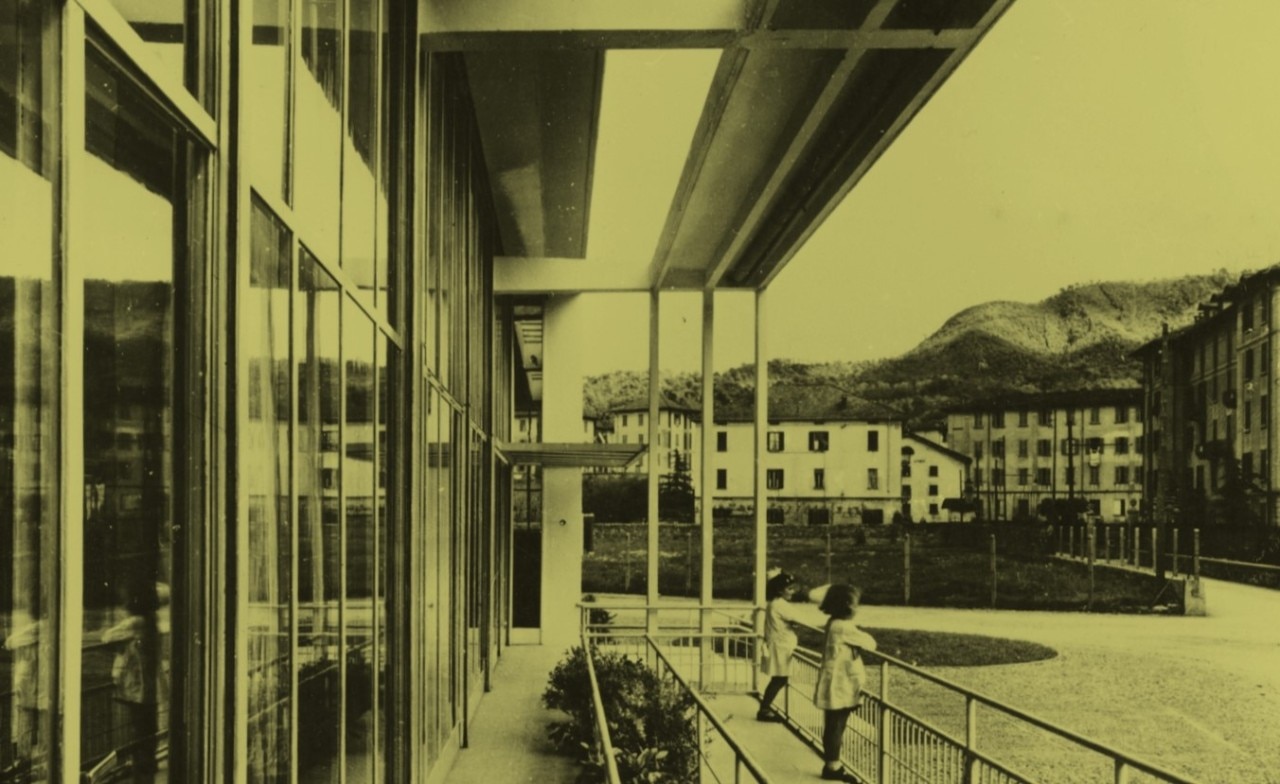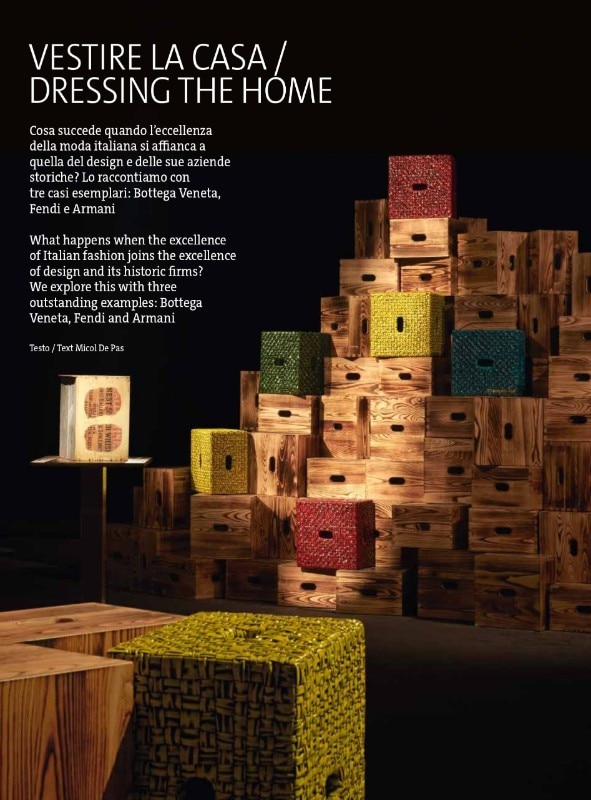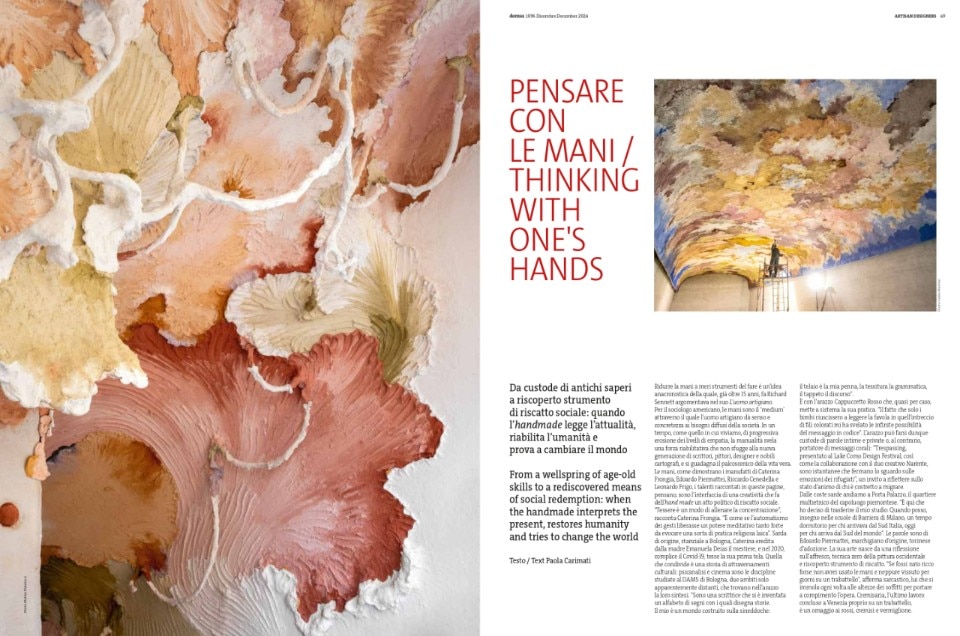December, Italy. True to its annual tradition, Domus shines a light on the world's most fascinating and complex country. A nation that, despite countless contradictions, fragilities, and impasses, never ceases to amaze. Italy relentlessly pursues beauty, strives for excellence, and champions the quality that has set it apart since the Middle Ages. This is why, even in an era of profound global transformation, "Made in Italy," or more precisely, "Italian know-how," remains an absolute benchmark, envied the world over. It is a symbol of pride, but above all, of hope.
Domus, however, doesn't merely celebrate excellence; it fulfills its critical duty. Director Walter Mariotti's editorial denounces the dilapidated state of the Sant'Elia Nursery School in Como, a rationalist landmark by Giuseppe Terragni and a pinnacle of 20th-century Italian craftsmanship. This grotesque contradiction serves as a stark metaphor for a country seemingly indifferent to its own wonders, its extraordinary cultural heritage, and the traditions that have shaped its identity.
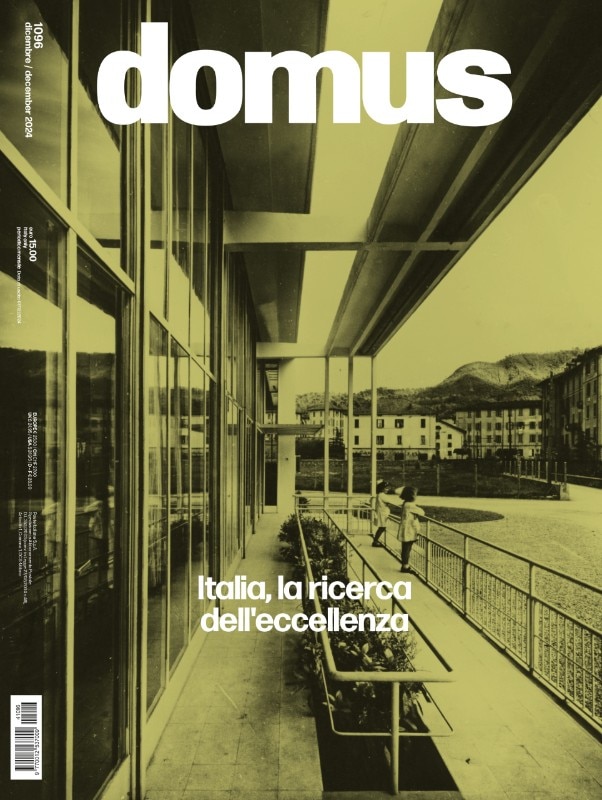
Yet, Italy is a land of contrasts. Alongside these critical issues and shortcomings, virtuous examples of dynamism and ingenuity emerge. Giampiero Bosoni's insightful analysis reveals the essence of Italian design, exploring the secrets and "ingredients" of its enduring success. This success transcends mere style; it embodies a way of being, an approach to design that seamlessly integrates functionality, aesthetics, durability, and affordability. This attitude is deeply rooted in Italy's millennial history, in the fusion of art, craftsmanship, and philosophy, giving rise to unique figures like the "artisan-philosopher" – a master of both manual skill and intellectual speculation.
Francesca Molteni takes us into the heart of Italian production, showcasing companies that have successfully reconciled tradition and innovation, craftsmanship and technology, international expansion, and local roots. Companies like Olivari, with its exquisite brass handles, epitomize precision and design. The Archimede Seguso glassworks, heir to a seven-century legacy of Murano glassmakers, demonstrates how a dedication to excellence is passed down through generations. Bertazzoni, founded in Guastalla in 1882, producing wood-burning stoves inspired by those on German trains, now combines cutting-edge engineering with Emilian culinary tradition. FIMA Carlo Frattini, Lechler, Rubelli: these are further examples of companies that have embraced change, innovated while staying true to their core values, and merged high quality with social and environmental responsibility. In a globalized world, these companies embody the excellence of "Made in Italy," a true source of national pride. Juli Capella, despite acknowledging these contradictions, still sees Italy at the forefront of style. Jacopo Tondelli focuses on Milan, the capital of Italy's intangible assets, grappling with the challenges of 21st-century politics.
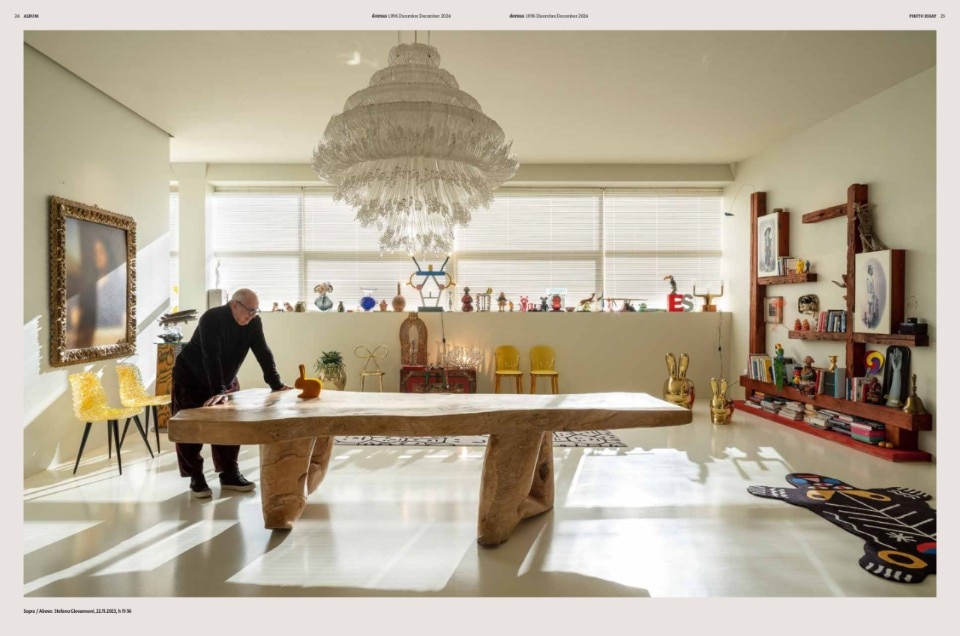
Italian architecture and design, however, are not just about production; they are about culture, dialogue, and exchange. Micol De Pas explores the link between fashion and design, once complementary elements in the visions of the great 20th-century artistic movements, now increasingly intertwined in a fertile and stimulating exchange challenged by our era of rapid change and cross-contamination. High fashion houses exert a significant influence on furniture design, with pioneers like Pierre Cardin and Missoni, and iconic names like Armani, Versace, and Fendi creating their own furniture lines, showcasing Italian excellence worldwide.
Yet, Italy is a land of contrasts. Alongside these critical issues and shortcomings, virtuous examples of dynamism and ingenuity emerge.
Cecilia Fabiani, drawing on Tondelli's insights, presents Milan as a design capital with a unique character, attracting creatives from around the globe thanks to the Salone del Mobile and the Triennale. But it's the enduring legacy of renowned studios like Gio Ponti's and iconic companies like Olivetti and Brionvega that truly defines the city.
Silvana Annichiarico traces the "roots of the future" that underpin Italian creativity, characterized by a mastery of materials, often linked to artisanal traditions. Companies like Venini, Fortuny, De Castelli, and Ceramiche Marca Corona have achieved a harmonious balance between ancient techniques and modern production processes, experimenting and collaborating with contemporary designers. Promemoria, Bonacina, Bottega Ghianda: these are just a few examples of how artisanal traditions can be an endless source of inspiration for high-quality design, allowing us to look to the future with confidence.
Revealed through lights and shadows, successes and contradictions, Italy emerges in Domus December 2024 as a choral ballad, a polyphonic narrative prompting reflection on the present and future of the country. It's a rediscovery of the strength and beauty of "Made in Italy" on the world stage, a perspective that Domus never loses sight of.

The magazine's "Diary" section opens with Javier Arpa Fernandez's reportage from Chongqing, a Chinese metropolis of 34 million inhabitants, a unique model of vertical urban planning. Built on steep terrain, it features a network of elevated walkways and stairways that seamlessly blend architecture and landscape. This "connective verticality" adapts buildings to the terrain, creating a multidimensional urban experience, known on social media as the "8D city" and "cyberpunk capital."
Loredana Mascheroni introduces us to Ross Lovegrove, a British designer who calls himself "Captain Organic." Lovegrove transcends the boundaries of traditional industrial design, fusing art, science, and technology in his projects. His nature-inspired aesthetic, realized through innovative technologies like 3D printing, results in original creations like his handles for JNF, where organic forms and complex shapes meet the strength of stainless steel. Lovegrove considers himself a "sculptor of technology" who practices "organic essentialism" and finds lifelong inspiration in Italy.
Finally, Alessandro Benetti brings us back to Italy, showcasing Caarpa's intervention in the church of Nostra Signora della Costa in Levanto. This project involved inserting a metal structure to create a balcony, offering new spaces and perspectives. The work preserves the building's historical traces, integrating contemporary elements with the blue hue of the frame. It's a restoration that's not strictly philological but conservative, enhancing the stratification of shapes, materials, and colors within the church.
This December, Domus magazine introduces its 2024 Guest Editor: Bjarke Ingels. The Danish architect, born in 1974, is the founder of the Bjarke Ingels Group (BIG). In his featured monograph, Ingels unveils his manifesto for the coming year, a fascinating exploration of matter as the primal core of architecture. Stone, bronze, iron: epochs marked by these tangible elements, silent witnesses to our evolution. "The material is the message", declares Ingels, paraphrasing the celebrated McLuhan. Architecture itself becomes a form of "materialism", in the most elevated sense of the word. A fusion of utopia and pragmatism, hedonism and sustainability, where form expresses the ceaseless flow of humanity, commerce, and vital energies.
The impression is that Italy always has something to say to the world. Domus tells its story, but eagerly awaits its readers' thoughts. Enjoy your reading.


